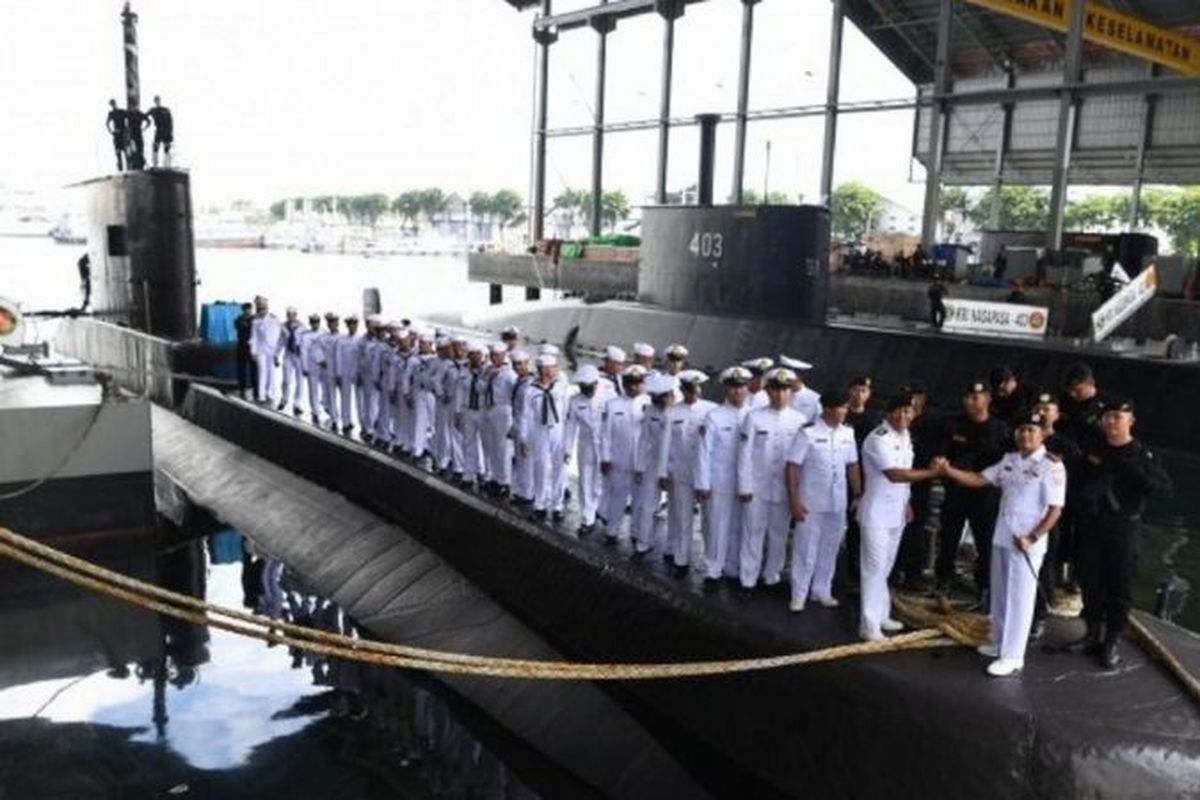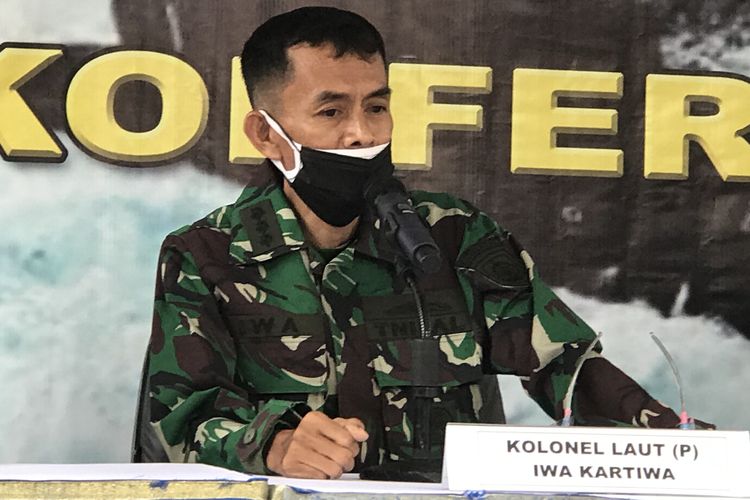Getting to the Bottom of the Loss of the Indonesian Submarine KRI Nanggala-402

JAKARTA, KOMPAS.com - Indonesia continues to mourn the loss of the submarine KRI Nanggala-402 on April 21, as the Indonesian Navy carries on its efforts to salvage the remains of the vessel and its 53-man crew 838 meters under the sea off the northern coast of Bali.
Since Indonesian military chief Air Marshal Hadi Tjahjanto confirmed that the men died in the line of duty on April 25, the country has tried to reconcile itself with the loss of the submarine.
President Joko Widodo led the way by conferring posthumous promotions and honors on the submarine’s commanding officer Colonel [equivalent to Commander] Heri Oktavian and his crew, as well as ordering the salvaging of the vessel’s remains to provide closure to a grieving nation.
But for a skeptical public looking for answers, Jokowi and Hadi’s stiff upper lip as well as ‘keep calm and carry on’ stance was not enough. It seemed plausible that they will find it in the wiry figure of Indonesian Navy Colonel Iwa Kartika.
Also read: Jokowi Confers Military Ranks, Honors on 53 Fallen Crew Members of the Sunken Indonesian Submarine
A 30-year veteran of the Navy who served in the Hiu Kencana [Shark Chariot], or Indonesian Navy Submarine Service since his graduation from the Naval Academy in 1991, Iwa was the commanding officer of KRI Nanggala-402’s sister ship KRI Nanggala-401.
As an officer who served in the former and trained many of its crews, Iwa is a leading expert in the Type 209 diesel submarines, which were built in Germany in the late 1970’s, and is well-versed in their capabilities.
These perhaps made the disclosures about the submarines’ flaws, which were conveyed by Iwa’s older brother, retired Police Inspector General Anton Charliyan, all the more glaring.
“[KRI Nanggala-402] is chronically plagued by power failures, many of which occurred at depths of more than 200 meters,” Anton recalled Iwa as saying. “If that happens, the ship is rendered helpless.”
 Indonesian Navy Colonel Iwa Kartika, a 30-year veteran of the Hit Kencana or Indonesian Navy submarine corps
Indonesian Navy Colonel Iwa Kartika, a 30-year veteran of the Hit Kencana or Indonesian Navy submarine corpsAnton’s account is backed by Indonesian Navy Second Fleet commander Rear Admiral Iwan Isnurwanto. “When I did a tour on the KRI Nanggala-402, the ship tilted on its side during a blackout. It also descended 90 meters every 10 seconds.”
Anton also deplored the toll that service on the submarines have taken on Iwa’s health, not least strong allegations of lead poisoning.
The announcements of the crew’s passing were also deemed insufficient by their loved ones, with at least one widow demanding to see concrete proof of her husband’s death.
The underlying tensions contrasted with the Indonesian defense establishment’s determination to soldier on in the face of the tragedy.
Also read: Indonesian Navy Declares the Submarine KRI Nanggala-402 Sunk
Minister of Defense Prabowo Subianto might define national defense as a “very complicated job that needs high technology and has elements of danger.”
The Navy might reiterate him by pleading to the media not to “politicize the tragedy…as [the Navy] is in mourning and focusing on salvaging [KRI Nanggala-402],” on May 4, nearly two weeks after KRI Nanggala-402 went to the bottom.
The backlash culminated in Colonel Iwa’s about face where he rebutted his older brother Anton’s account of his plight, including his medical condition and economic hardships, among them a report stating that he was forced to sell his home to pay for his medication.
But regardless of where one stands in the polemic over KRI Nanggala-402’s sinking, there is little doubt that the Indonesian Armed Forces attempts at damage control, particularly from the Navy, have come too little too late.
The Jane’s Defence Weekly website estimated that Indonesia set the country’s defense budget for 2021 at Rp. 136.99 trillion [$9.2 billion], up from Rp. 117.9 trillion the year before.
 Peoples carry flowers and pray for the entire crew of the KRI Nanggala-402 submarine who went missing in the waters north of Bali Island during a sympathetic action in Solo, Central Java, Sunday, April 25.
Peoples carry flowers and pray for the entire crew of the KRI Nanggala-402 submarine who went missing in the waters north of Bali Island during a sympathetic action in Solo, Central Java, Sunday, April 25.Rp. 42.6 trillion will go towards military modernization, while Rp. 11.4 trillion are allocated to military personnel expenses and their welfare. Like their counterparts around the world, Indonesian servicemen are all too aware about the deadly risks that come with their oath to defend the country.
The Indonesian government and military establishment should ensure that the budget go towards their allocation, especially in addressing the need for modern hardware in place of obsolete equipment like the Type 209 submarines, that has long plagued the Indonesian military.
They should also keep in mind that training military personnel like Colonel Octavian and the crew of the KRI Nanggala-402 to a high state of readiness costs money.
Frittering away their lives and expertise on obsolete equipment, on the expectation that they will do their duty with the revolutionary fervor that enabled their ancestors to beat the Dutch nearly 80 year ago to win Indonesia its independence is a simplistic disservice to these men and their sense of duty.
If the government wants to ensure that the sacrifice of the crew of KRI Nanggala-402 is not in vain, they should step up the modernization of submarines and other military equipment to ensure that they do their duty to the best of their abilities and live to sail another day.
Simak breaking news dan berita pilihan kami langsung di ponselmu. Pilih saluran andalanmu akses berita Kompas.com WhatsApp Channel : https://www.whatsapp.com/channel/0029VaFPbedBPzjZrk13HO3D. Pastikan kamu sudah install aplikasi WhatsApp ya.






























